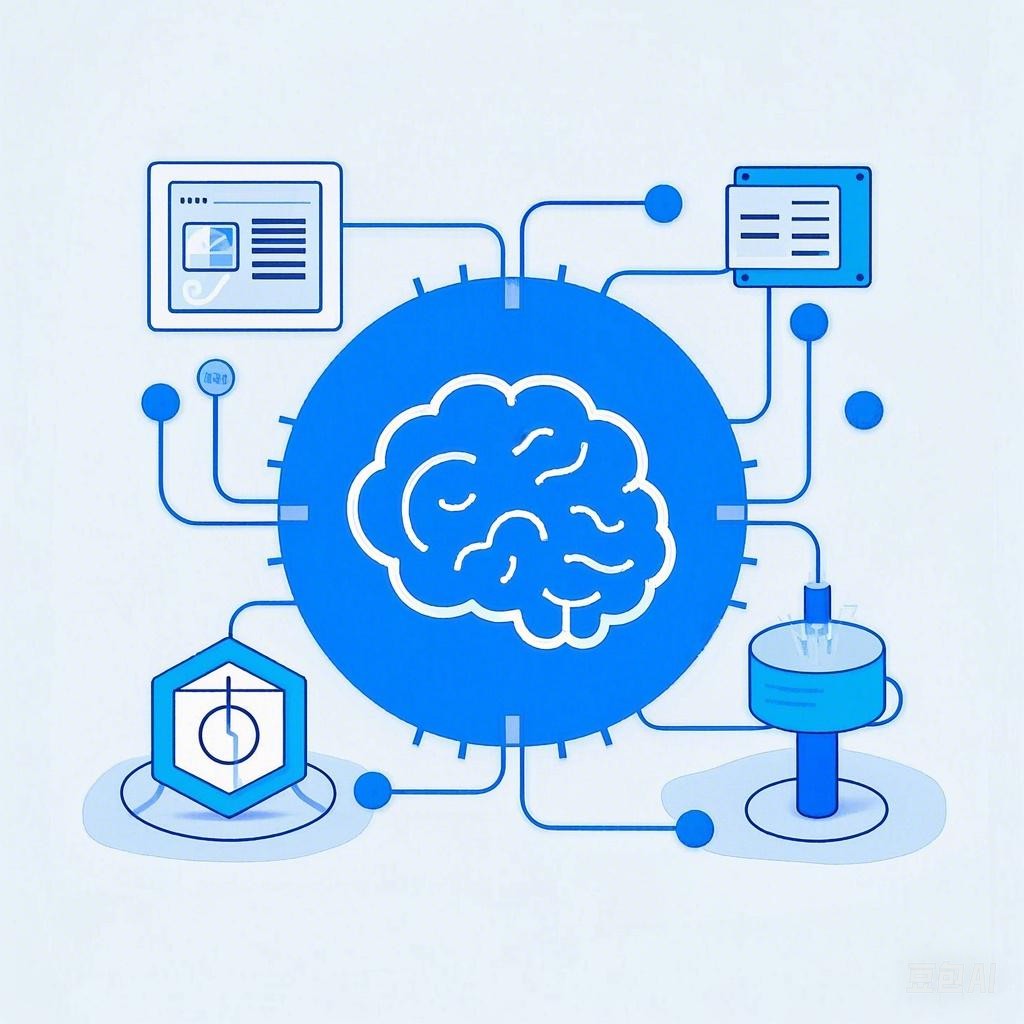引言
HTML5交互动画在现代网页设计中扮演着重要角色,它不仅增强了网页的视觉效果,还提升了用户体验。本文将深入探讨HTML5交互动画的技术原理,并通过实战源码的解析,帮助读者轻松打造网页炫酷特效。
HTML5交互动画基础
1. HTML5动画技术概述
HTML5交互动画主要依赖于以下技术:
- Canvas: 用于在网页上绘制2D图形。
- SVG: 用于绘制矢量图形。
- WebGL: 用于在网页上实现3D图形。
2. 动画实现方式
- CSS动画: 通过CSS的
@keyframes规则实现简单的动画效果。 - JavaScript动画: 通过JavaScript控制动画元素的属性变化。
- HTML5 API: 利用HTML5提供的API实现更复杂的动画效果。
实战案例:HTML5 Canvas动画
1. 案例描述
本案例将使用HTML5 Canvas实现一个简单的粒子效果动画。
2. 源码解析
<!DOCTYPE html>
<html lang="zh-CN">
<head>
<meta charset="UTF-8">
<title>HTML5 Canvas动画:粒子效果</title>
<style>
canvas {
border: 1px solid black;
}
</style>
</head>
<body>
<canvas id="myCanvas" width="800" height="600"></canvas>
<script>
const canvas = document.getElementById('myCanvas');
const ctx = canvas.getContext('2d');
// 创建粒子类
class Particle {
constructor(x, y, color) {
this.x = x;
this.y = y;
this.color = color;
this.radius = 5;
this.vx = Math.random() * 2 - 1;
this.vy = Math.random() * 2 - 1;
}
draw() {
ctx.beginPath();
ctx.arc(this.x, this.y, this.radius, 0, Math.PI * 2);
ctx.fillStyle = this.color;
ctx.fill();
}
update() {
this.x += this.vx;
this.y += this.vy;
this.draw();
}
}
// 创建粒子数组
const particles = [];
for (let i = 0; i < 100; i++) {
particles.push(new Particle(Math.random() * canvas.width, Math.random() * canvas.height, 'rgba(255, 255, 255, 0.5)'));
}
// 动画循环
function animate() {
requestAnimationFrame(animate);
ctx.clearRect(0, 0, canvas.width, canvas.height);
particles.forEach(particle => {
particle.update();
});
}
animate();
</script>
</body>
</html>
3. 实现步骤
- 创建一个
<canvas>元素。 - 获取Canvas的2D渲染上下文。
- 定义粒子类,包括位置、颜色、半径和速度等属性。
- 创建粒子数组,并初始化粒子。
- 使用
requestAnimationFrame实现动画循环。 - 在动画循环中,更新粒子的位置并绘制粒子。
总结
通过本文的讲解,读者可以了解到HTML5交互动画的基础知识,并通过实战案例学习如何使用HTML5 Canvas实现炫酷的动画效果。希望本文能帮助读者轻松打造网页炫酷特效。
